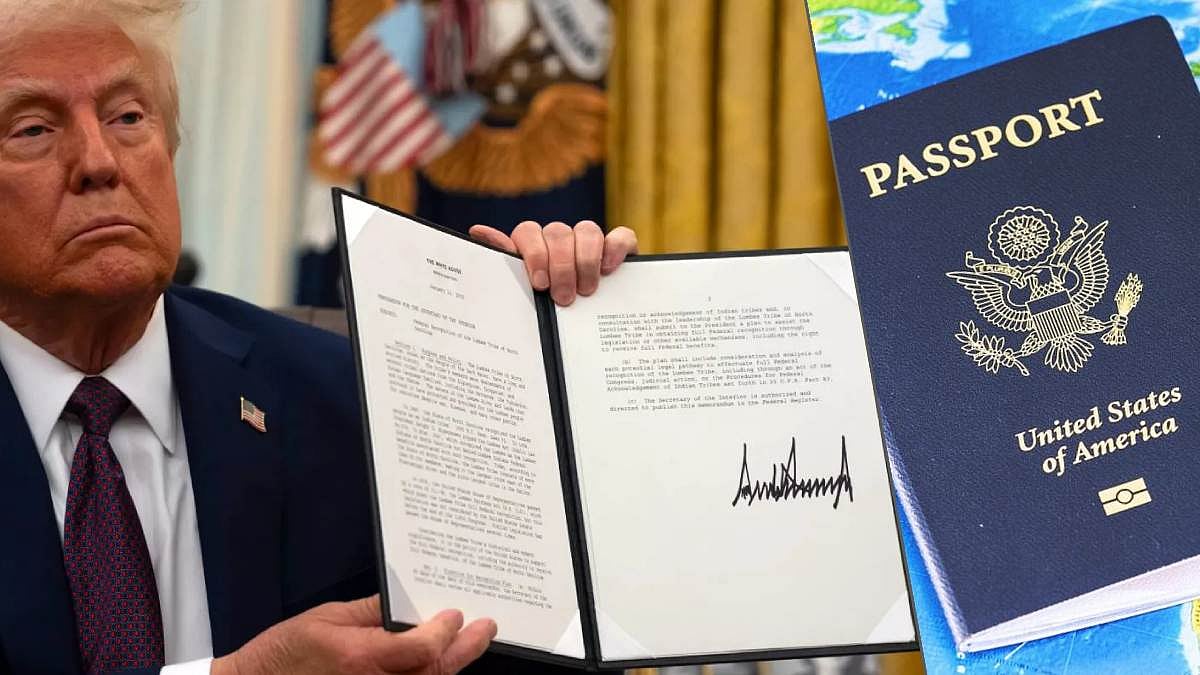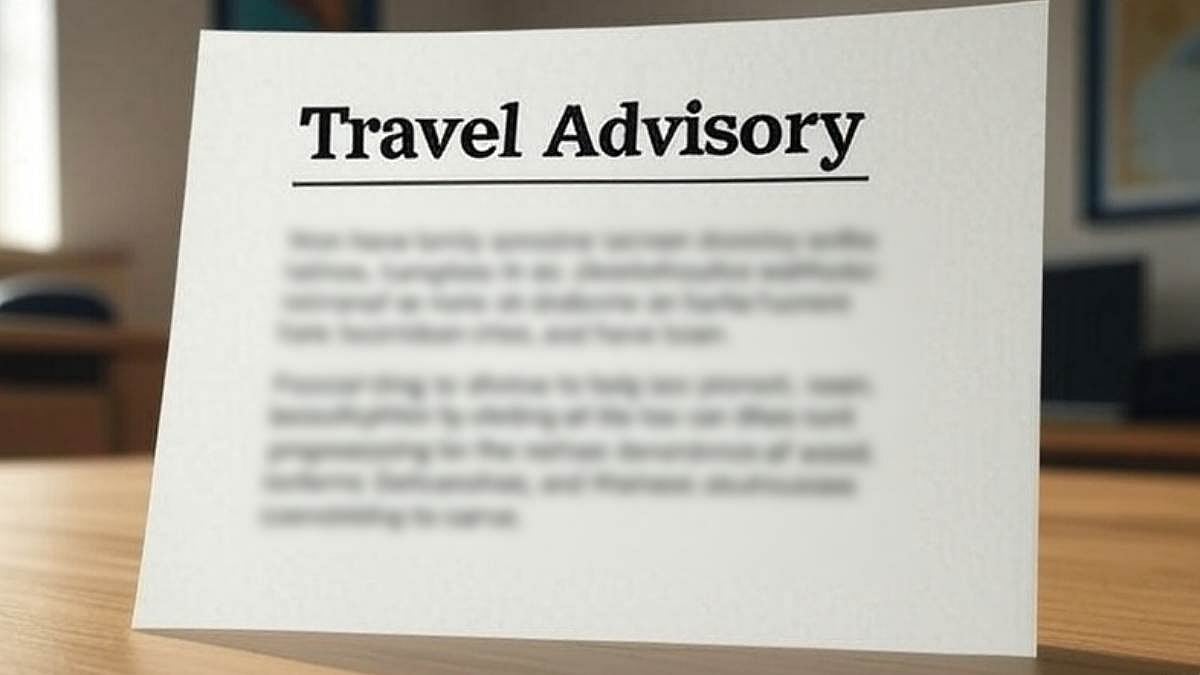New Delhi: India's civil aviation regulator has barred 90 pilots belonging to budget carrier SpiceJet from operating Boeing 737 Max aircraft, until they successfully complete another round of training on 737 Max simulators.
Media reports said the ‘stick shaker’ that rapidly and noisily vibrates, warning the cockpit crew if the aircraft is resisting lift, had been dysfunctional on the simulator at the time of training of the SpiceJet pilots.
The Boeing 737 Max aircraft was grounded worldwide, including in India, in March 2019 after 346 people died in two crashes — Lion Air flight JT610 and Ethiopian Airlines Flight ET302 — within a span of five months. The ban was lifted in December 2020 after the aircraft manufacturer took corrective action.
In a statement, DGCA Director General Arun Kumar said: "For the moment, we have barred these pilots from flying Max and they have to retrain successfully for flying the aircraft."
"Also, we will take strict action against those found responsible for the lapse."
At present, the airline has 650 pilots trained to operate 737 Max aircraft.
The move is not expected to affect the airline's operations as the 90 pilots in question can operate other types of Boeing 737 aircraft.
Notably, the airline is the only one in India to have 737 Max aircraft in operation.
The budget airline had recommenced flight services on Boeing 737 Max aircraft last year, after a gap of around two-and-a-half years.
It has been re-certified by the aviation regulator DGCA.
The aircraft is expected to play a key role in the airline's strategy to expand its international and domestic operations.
The 737 Max can fly non-stop to Singapore, Doha, Kuwait, Abu Dhabi, Riyadh, Kuala Lumpur, Tehran, Salalah, Kunming (China), Krabi, Moscow, Istanbul among other international destinations from various international airports in India.
Additionally, with one-stop, the aircraft can easily fly up to Finland, Norway, Morocco, London and Amsterdam.
The Max 8 can fly up to 3,500 nautical miles which is approximately 19 per cent more than 737-800 enabling the airline to fly to newer destinations.
In addition, it uses up to 20 per cent less fuel than older 737s.










